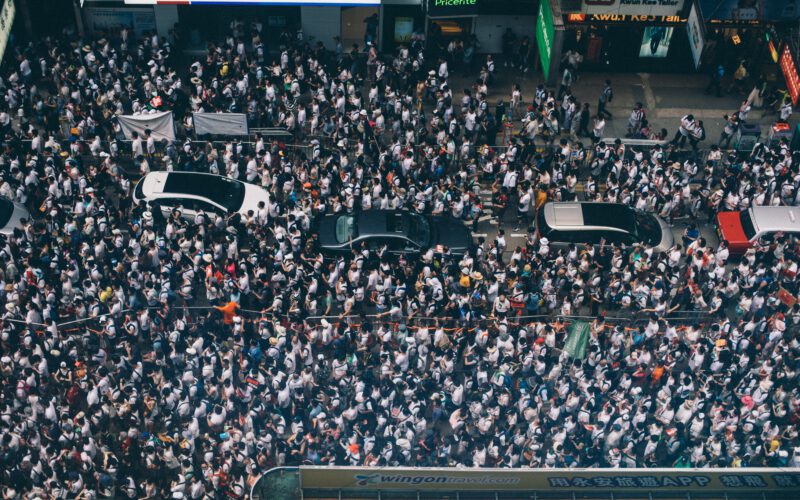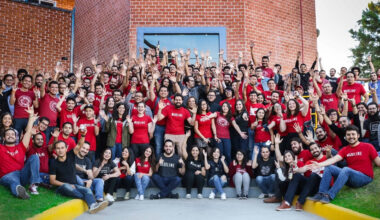Bridgefy is a Mexican startup based in San Francisco that makes apps send messages directly from one device to another, without using Internet or SMS. The app is currently being used by protestors in Hong Kong, sometimes gathered up to one million strong, when the cell network is unable to keep up with demand. Protests in Hong Kong have been going on for months as the territory argues overs sovereignty with China and have flared up again in the past month.
LatAm List interviewed Bridgefy co-founder and CEO, Jorge Rios, to learn more about the story behind the software and how it is being used to connect protesters in Hong Kong.
LL: What is Bridgefy and how does it work?
JR: Bridgefy started as an offline messaging app and now also operates on a licensing system that allows other apps to work without Wifi or data coverage. The technology uses peer-to-peer connections between phones in the same area to send messages, even with little to no data connection, such as in the case of a natural disaster – or protest. Rather than going through a server, messages will bounce between a mesh network of connected phones to reach their destination without depending on data.
Our mission with Bridgefy is to connect the world using alternatives to the Internet. We are not looking to replace the Internet, but rather make it possible for apps to work without it.
LL: We’d love to hear your entrepreneurship story. Where did this idea come from?
JR: Bridgefy was born in 2014 during a hackathon where I met my co-founders and wanted to create a local version of an app that was trending in Hong Kong at the time. We wanted to make a messaging app that would work just as well with Internet as without because we knew how difficult it was to operate without a Wifi connection.
At the end of the event, we loved the idea so much that we moved to San Francisco to pursue it. We worked at a hostel to pay our way and attended hundreds of startup events until we could raise a round and move back to Mexico to develop the software. We won several awards for the technology, but we eventually realized that an app would not be the best way to reach millions of people. Everyone already has all the apps they want. Rather than compete with apps like Whatsapp or Messenger, we decided to lean toward a licensing model that allows companies to integrate our software into their apps and make them usable offline.
LL: How is Bridgefy helping protestors communicate in Hong Kong?
JR: Although we are focusing more on the software now, our original app is still live and available for download. Actually, we use the app to test out our new technology! We have noticed an organic boost in app downloads during massive events like protests or natural disasters because Bridgefy works best when there are more people on the network – the opposite of Wifi or cellular networks.
In Hong Kong, we have seen massive peaks in downloads since the protests started. We have had more than 75,000 downloads in the past seven days, just from Hong Kong. This explosion of downloads even caught the attention of local media, who have been covering the messaging app’s usefulness during the protest. Many people are discovering the app through this coverage and realizing that Bridgefy technology powers many other apps to function without Internet. 35% of people who visit our website for the first time download the app.
LL: Did you imagine Bridgefy would be used for this kind of event when you created it?
JR: We knew that Bridgefy would help fill this kind of need when we created it. Whenever people join in very large groups – concerts, natural disasters, protests etc – there may be a need for an offline messaging app. Every day, we see new use cases for Bridgefy. While we could not predict this specific situation, Bridgefy exists to help people communicate, even when traditional channels are cut off or not available, like in the case of Hong Kong.




2 comments
Comments are closed.